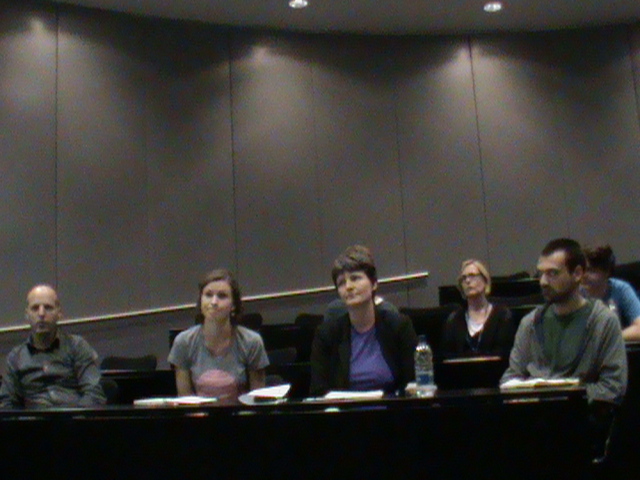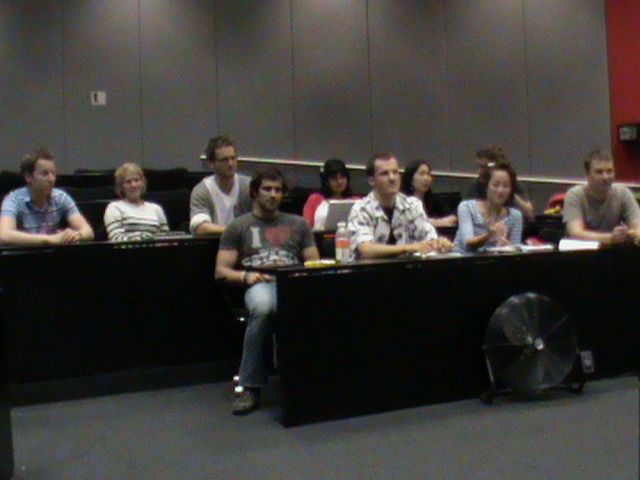Team:Imperial College London/Human Practices/Panel Discussion
From 2010.igem.org
(Difference between revisions)
| Line 1: | Line 1: | ||
{{:Team:Imperial_College_London/Templates/Header}} | {{:Team:Imperial_College_London/Templates/Header}} | ||
{{:Team:Imperial_College_London/Templates/HumanHeader}} | {{:Team:Imperial_College_London/Templates/HumanHeader}} | ||
| - | {| style="width:900px;background:#f5f5f5;text-align:justify;font-family: helvetica, arial, sans-serif;color:#555555;margin-top: | + | {| style="width:900px;background:#f5f5f5;text-align:justify;font-family: helvetica, arial, sans-serif;color:#555555;margin-top:5px;" cellspacing="20" |
|style="font-family: helvetica, arial, sans-serif;font-size:2em;color:#ea8828;"|Interdisciplinary Human Practices Panel Discussion | |style="font-family: helvetica, arial, sans-serif;font-size:2em;color:#ea8828;"|Interdisciplinary Human Practices Panel Discussion | ||
|- | |- | ||
Revision as of 19:34, 17 October 2010
| Human Practices | Overview | Panel | Workshop | Meetings | Report | Documentary |
| Human practices has been a hugely important influence in the design of our final product. We contacted a number of experts very early on in the design process to allow us to truly adapt our specifications to meet the requirements of a field testing kit for parasites. This has ensured that our design is as feasible and useful as possible. | |
| Interdisciplinary Human Practices Panel Discussion | ||
| This panel discussion was attended by a number of academics working in a variety of fields related to synthetic biology and the social sciences. It took place in our second week of iGEM, so we had only just decided what direction we wanted to go in. We would have liked to prepare more for it, but actually it was really important that it took place so early on in the concept of our project. This is because it allowed us to build our design based upon specifications that we decided on using the guidance of the panel.
We are very thankful to the following academics for their invaluable advice:
|
 "
"





